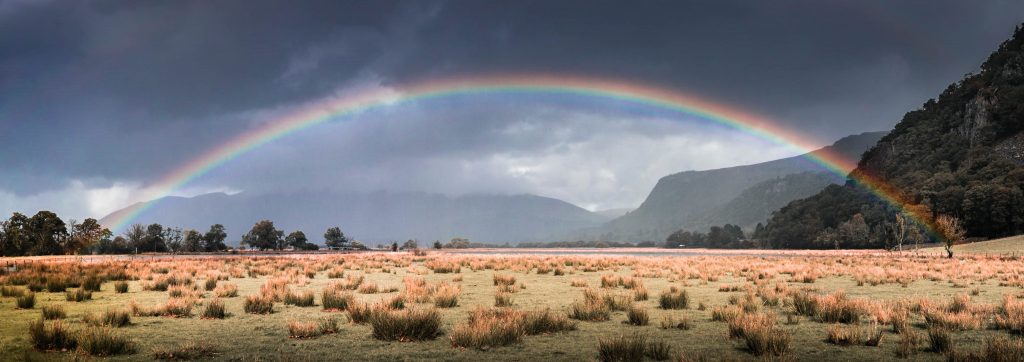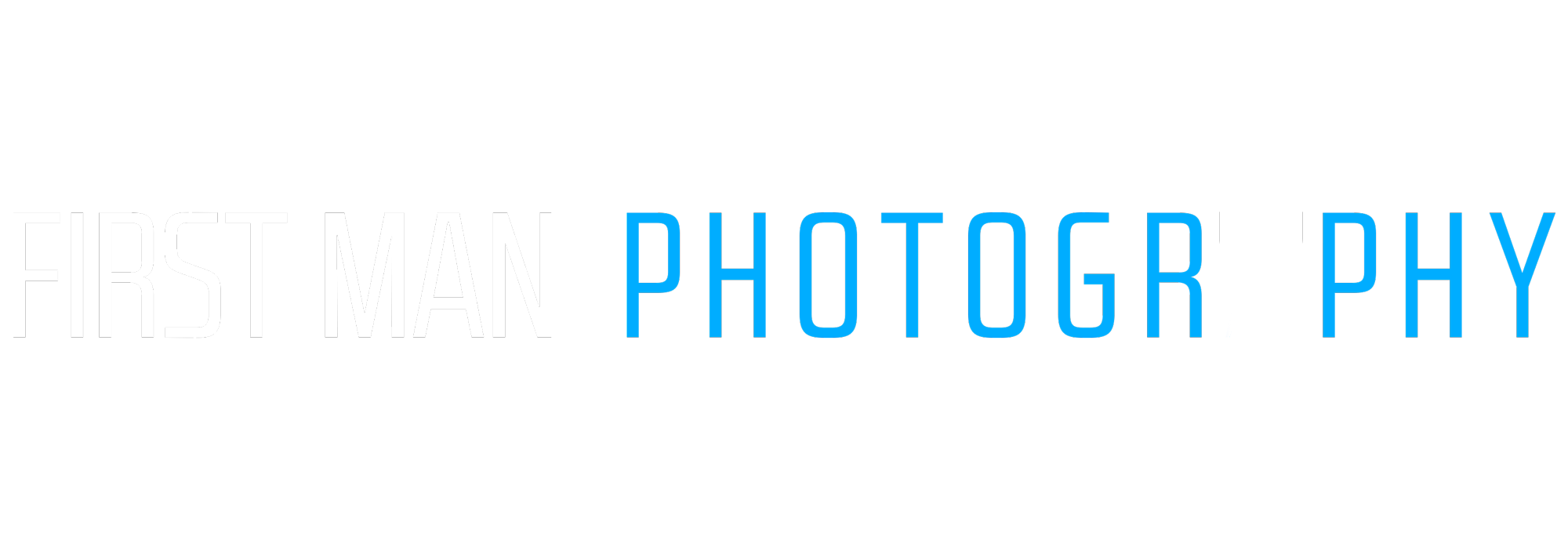Imagine going to the cinema to see a huge movie you have been looking forward to for ages. That child like excitement cursing through the veins, the smell of the popcorn, the anticipation finding your seat; the lights drop and the film bursts into action. At this moment, what you have probably never asked yourself before is, what are you actually paying for? The obvious answer is that we are paying to see the movie which, in most modern cinemas, is a digital version. Whilst some of your ticket revenue does go to the movie studio, rather than spending money on a digital product, what we are really paying for is a physical service. The use of a comfy seat, a massive screen, big sound and the opportunity to share the experience with a room full of people that all serves to maximise our enjoyment of the story. We are also paying to see the movie as soon as possible.
If we are willing to wait, just a month or so later we could download the movie on BitTorrent completely for free. Even if we stuck to the legal route, we would first be able to buy the movie on Apple, Google or Amazon for cheaper than a trip to the cinema. But if we wait longer, the movie will eventually end up on subscription services like Netflix or Disney+. If we are willing to wait even longer it will eventually turn up on TV where essentially it’s being shown whether we watch it or not. The point is, the price to see the movie, over time, eventually trends to zero. This is a phenomenon that applies to all digital content.
The music industry was the first to experience this in the late 90’s when songs began being distributed for free on Napster. I remember downloading my first two mp3’s, “Every Morning” by Sugar Ray and “You Get What You Give” by the New Radicals. Watching the painfully slow progress bar grow added to the eventual thrill when the tracks finally downloaded. The thing is, it just never felt illegal, it felt empowering and authentic. The record studios quickly moved to make examples of individuals by prosecuting them and rolled out a propaganda campaign describing these downloads as “theft” (it is not, by definition, theft) to try and scare people away from using Napster. Ultimately this failed because they were fighting against the truth. It is a truth at the heart of this story where the price of digital content will always trend to zero. This is something I have known and felt for many year but was unable to formulate into coherent thoughts until I read an article called The Freedom of Value by Dergigi.
The reason for this is that digital content is simply information, and information always wants to be free. We are human, we like telling stories and sharing interesting things and we naturally want to do this for the lowest cost possible. We intrinsically are communal animals and want to help each other. With digital content and the internet, copying content and distributing it around is free and easy.
Since the early 2000’s, the question of how we monetise digital content has found its way to the heart of society, and in some areas, shaped the way we live. It is also a difficult problem to solve and as any musician, filmmaker, photographer or YouTuber knows, content is absolutely not free to create. From the hundreds of pounds it costs me to make the weekly landscape vlog, to the billions needed to make an action movie, it should be pretty obvious this money has to come from somewhere. Sadly though, with many viewers, often it is not.
In the mid to late 2000’s social media began to take off as people gleefully signed up to platforms like Facebook. All of a sudden people started sharing moments of their lives, communicating in a new way and reaching a wider audience than would ever have been possible to a person outside mainstream media. This left Facebook with a problem. Despite the millions of new people signing up each week, how were they going to generate revenue? The answer quickly presented itself; advertising.

The Emissary of Evil
The ad driven revenue model has been in place from the very early days of radio and has also been long established in the TV world. However since it hit the internet, a phrase has become popular that accurately states: “if you are not paying for the product, you are the product.” Platforms like Facebook and Youtube sell advertising space to companies based on how many people those ads will reach. There are only so may people in the world though and between TV shows, sport, movies, Netflix, YouTube, books, podcasts, radio, music and live events there has never been greater competition for our attention and the associated ad revenue that comes with it.
When we look at the terrible levels of societal division, dreadful discourse and record levels of mental health, much of this can be traced back to the ad based revenue model. It drives clickbate, outrage and worthless content as creators and media outlets compete for attention in the form of views, clicks and watch time. In addition the platforms have also deployed sophisticated algorithms where the main goal is to increase engagement to maximise advertising revenue. This has also led to elections being manipulated, new forms of espionage and an ushering in of a post truth world.
As creators and viewers on YouTube, we are operating within the ad driven revenue model system. You watch the content for “free” and then advertising revenue is shared between me as the creator and YouTube as the platform. The cost to you is your data, privacy and time and attention to view the ads. It is fairly simple idea but by some distance, the main winner in this love triangle is the platform.
In this video I detail many of the problems with this arrangement and it led me to employ the next option for monetising digital content: the subscription model.

The Subscription Model
In 2019 I launched the Raw Room, a platform created to host premium content such as the Landscape Photography Masterclass and other tutorial content that did not appear on YouTube. I followed a very simple idea: the platform hosts some digital content and then you pay to access it. This model is very common in the form of Netflix, Spotify, Disney+, AppleTV+, Amazon Prime, Substack, Newspapers, and numerous others. Many offer this as an upgrade from a more limited ad based model and in many respects it is an improved and more honest system. It is however not without its problems.
The fundamental problem of the subscription model is that it is trying to prevent information from doing what it naturally wants to do; because of human nature, it wants to be free. This explains the irritation we have all felt when clicking on an interesting article on social media only to be transferred to the website and hit square in the face with a paywall.
The second problem with the subscription model is there are now just so many of them. You could easily end up spending £200 per month by the time you have paid for software, entertainment, news and education. It is a privilege afforded only to those who…..well, can afford it!
When I launched First Man Photography one the founding ideas was for the information and entertainment to be as inclusive as possible, for this reason, whilst I believe the Raw Room subscription has always delivered excellent value, something about it just never felt quite right. This is why the Raw Room has now switched to the third option of monetising digital content, the most natural, honest and authentic option; the Value-for-Value system.

A Brave New World
Value-for-value is a simple idea. Videos, entertainment and information is provided free of charge with no ads, no sponsorships, no algorithms, no middleman and no subscription based paywall.
If the content is valuable to you, then you are encouraged to give value back in return. This could be in the form of a regular donation, buying a physical product or even just giving up a bit of your time to share the article.
It is similar to the patreon idea but that is a middleman service and really just operates as another layer to the the ad based system. YouTube premium, Sky Sports and other services are similar.
This website, the Raw Room, is offering true value-for-value by operating as a completely independent system. There is no middleman. If you buy something or donate then we are transacting directly. We can even take this a step further with bitcoin payments where the transaction can be completely peer-to-peer and even gives you increased privacy with the option to remain anonymous if you so choose. Find out more in the article – Why We Accept Bitcoin.
There are numerous benefits to the value-for-value system. First and foremost, no one is excluded and anyone can access the content on the site. Secondly, you are not the product. The site does not sell any advertising space or sponsorships and companies have no control whatsoever. Thirdly there is no algorithm. The content is created solely for you and not influenced by the need for views, clicks or follows. It means clickbait titles are not necessary and also allows for the creation of ultra niche content that may only appeal to a select number of people. An example of this is tutorials on very technical aspects of photography like hyperlocal distance focusing and how to avoid parallax shift.
Value-for-value is a system designed to be long term and sustainable. For creators it means they can connect with their core audience and also discover the genuine value of their content. How many channels on YouTube have you seen that have absolutely massive followings, earn millions of dollars and deliver nothing but garbage content? This happens due to the manipulation of money and the perverse incentives generated by the ad based model. Clickbait titles and massively appealing thumbnails become way more important than the content itself. In addition many “influencers” often fail to disclose when they are being paid by a company for a positive review and it becomes extremely manipulative. However, with value-for-value it is a totally honest, mutual and open system where your core audience are the ones who sustain you. There is no other agenda other than to entertain, inspire or educate your audience.
One comment people often make when presented with the value-for-value idea is,
“but I follow loads of people and couldn’t possibly donate or support all of them”.
This is likely true for most of us but the point is, you don’t have to support everyone. As the idea of the value-for-value system spreads, if everyone supported just 2-3 of their favourite people, it would produce enough revenue to support millions of creators; big, small and also brand new. Maybe no one creator is making millions, but many others could be making a sustainable, humble and decent living.
There is one problem with the value-for value system however. Probably the main benefit of large platforms like YouTube is discovery. With so many eyeballs watching and locked in, getting attention for your content, even today, is fairly frictionless. Convincing people to visit your website however is much harder. Having said that I believe we will see a resurgence in this behaviour again in the future. A big driver of this will be decentralised social media where there is no centralised company desperately trying to keep you in their ecosystem. They will operate as open source protocols where people are free to build a variety of apps on top of them. Nostr is a perfect example this and I recently started using Damus which is a brilliant decentralised alternative to Twitter. You can follow me on nostr or Damus by using my public key – npub1suftx60fq63eyhmqqqxq48qjmefuy20kkc8wdp5j6jmnssrzttusc4lmh2

Does This Apply to Photography?
The fact the price of digital content will always trend to zero has not been felt anywhere more keenly than in the photography world. Since the popularity of photography exploded in the early 2000’s with the digital revolution, it has always been instantaneous to copy and distribute an image. Despite the best effort of right-click blockers on portfolio websites, there isn’t really anything that can prevent the humble screen shot. If someone wants to copy your image, they can. Combine this with the enormous supply of absolutely beautiful photographs and it becomes fairly easy to understand why it is harder than ever to make a living from photography.
I have written and spoken extensively about why I believe NFTs are a scam, but it is very understandable why they initially appeal to anyone creating digital art or photography. They offered a promised land where a whole new wave of people could make a living from their art. Despite the numerous technical issues (such as the actual image never being on the blockchain) and that Ethereum is a centralised ‘unregistered security’ shit show, NFTs were always doomed to fail because they breach the fundamental truth: the price of digital content will always trend to zero.
It is a similar story when you hear about photographers desperately taking legal action when publishers have “stolen” their images and used them without permission. The image below has been used without my permission many many times but I have never felt compelled to waste any of my time battling the fundamental truth.

I deeply believe artists and photographers should be paid for the work they do if it is used commercially but it would cost time, energy and money to enter into legal proceedings. How much money could I have recovered? Several thousand perhaps? But that kind of thing is stressful and I would much rather spend that energy offensively by creating new photographs, having new adventures and making videos.
In fact, with the launch of this website I am planning to release all the hi-resolution images featured in the videos for use under a creative commons, non commercial licence. So if you want to download them for your own personal use you are free to do so.
Over the last 10-15 years the commercial photography industry has also been in decline. Unfortunately it is also not immune to the downward trend in price of digital content. In fact, more than likely, it will be eroded away almost entirely. Imagine looking at the new adidas advert or the latest marketing material for the newest M&S chocolate pudding. The photographs might be stunning but 99.999% of people simply do not care who the photographer was who took them. There are still commercial photographers around, managed by agents, who can demand five figure sums for a shoot. As soon as the option arises to remove this expense from a marketing budget, you can be sure that companies and ad agencies will do so. This moment is not very far away. The developments in AI over the last several years are astonishing. We now have the ability to tell an AI a few words and it creates an original image completely from scratch and even today, some of them are very good.
They will always be soulless images that should not be defined as art, but for advertising and marketing, no one will care. I’m not sure if I am displaying genuine foresight or I’m just getting old, but the potential impact of AI on the world is utterly terrifying.
That being said, I am not without hope. The future of monetising photography, ironically comes from the past. Photography was never designed to be viewed on a screen. The future is turning your wonderful photographs into something physical; a print, a book, a calendar or anything else you can think of and then selling it. Viewed this way you can literally feel the hard work, the endeavour and the commitment it has taken the artist to create a physical product. It is more meaningful, becomes a thing you can actually own and is ultimately a more fulfilling experience.
Thanks for reading……..
As you made it to the end please consider supporting my work. This site operates on a value-for-value model and is funded by your donations to keep it free of ads, sponsorships, clickbait and subscription based paywalls. Alternatively you can support me by buying a book or a fine art print to adorn your wall. If now is not the right moment to part with your hard earned pennies, why not instead contribute a little of your time by sharing the article on social media. Don’t forget to tag me in and say hi.
Give Value BackReferences and Source Material
The ideas in this article are a development of those put forward by Jeff Booth in the Price of Tomorrow and Dergigi
Jeff Booth – Price of Tomorrow
Dergigi – The Freedom of Value



Add comment